September 23, 2021 marked the 100th anniversary of the presentation of the first Maybach automobile built in series under the name „Type 22⁄70 hp“ , better known as the Maybach Car „Type W 3“. The car was first presented at the German Motor Show in Berlin at 1921, and greatly impressed the audience at the auto show with its extremely high quality and innovative technical features. For example, it was the first German automobile to be equipped with a four-wheel brake and the car could be driven without a stick shift. An advertisement by Maybach Motorenbau GmbH from 1921, see image 1, shows the Maybach Car „Type W 3“ amongst an enthusiastic crowd and showcases the vehicle as a comfortable and roadworthy automobile. The Maybach Car „W 3“ already represented the principles according to which automobiles of the Maybach brand were developed and manufactured under the direction of Karl Maybach (1879 — 1960) in Friedrichshafen, Germany: meticulous precision for the highest quality, the best materials for the greatest possible operational reliability and the use of the latest technology for comfortable driving.
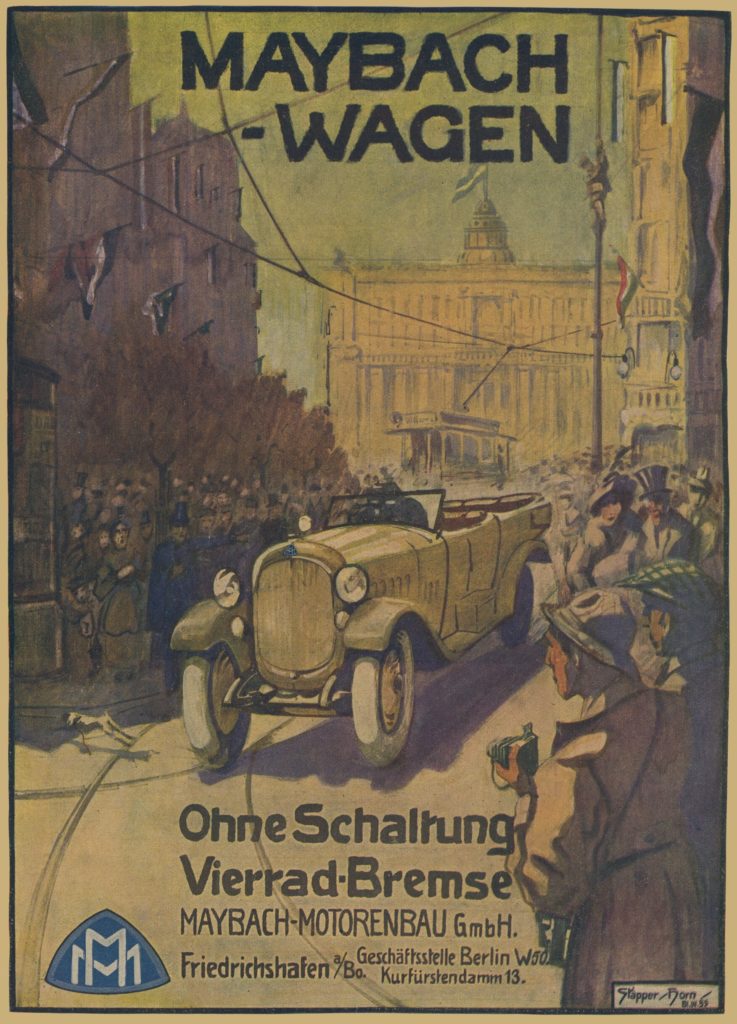
1919 — 2021 — From the first experimental car to the production car
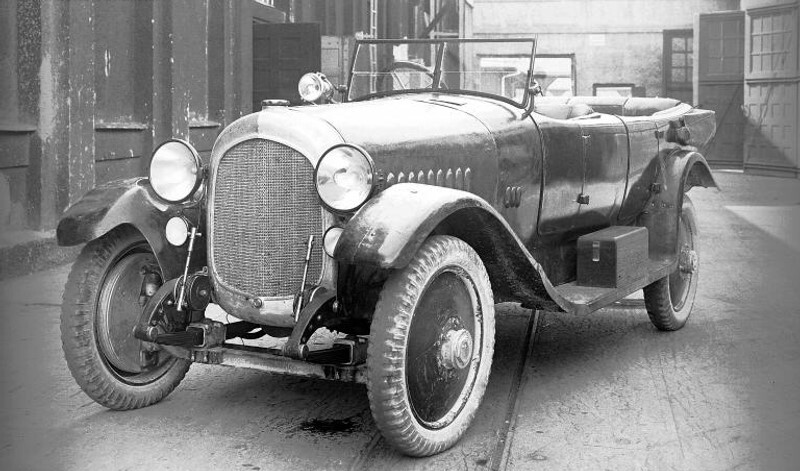
After World War I, Karl Maybach designed the Maybach „Type W 1“ car engine in response to the Versailles Peace Treaty’s ban on the manufacturing process of airship and aircraft engines in Germany. This experimental engine was installed in a Daimler-Motoren-Gesellschaft touring car for test purposes in 1919 and was one of the most promising automobile designs of the time. Unfortunately, the has not been preserved and is only known to us from photographs, see image 2.
On behalf of the Dutch automobile and aircraft factory Trompenburg, Maybach Motorenbau GmbH produced the most powerful German automobile engine up to that time, with 70 hp and the designation „W 2“ starting in 1921. Only 150 of these Maybach automobile engines were installed in the the Spyker car model „Type C4-30/40 hp“ until 1925, before the Trompenburg company went bankrupt due to economic reasons.
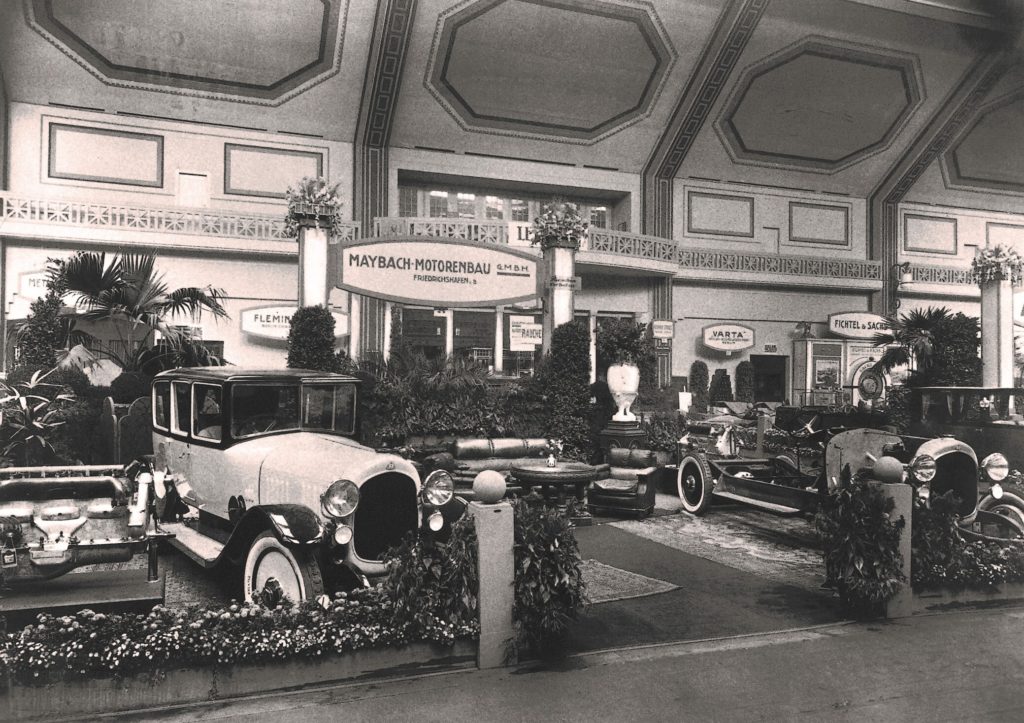
In September 1921, Maybach Motorenbau GmbH finally presented its own passenger car at the German Motor Show in Berlin, see image 3. The unusual design of the „W 2“ engine installed, with its organic geometric shape that ensured perfect fuel flow impressively shows us what a pioneering engine Karl Maybach had created. Likewise, the extremely generously built chassis of the „Type W 3“, at five meters in length, bears witness to the mentality according to which prestigious automobiles were built in Friedrichshafen, Germany: Create inly the best rom the best. Unfortunately, no Maybach „Type W 3“ has survived the test of time.
Innovation and technical leadership for the highest customer demands — the 1920s and 1930s
With the 120 hp Maybach „Type W 5“ and „Type W 5 SG“ engines, Maybach Motorenbau GmbH produced a fabulously fast 130 km/h (80 mph) touring car from 1926 onwards, which is representative of the rapidly changing mobility of the „Golden Twenties“. The „Type W5 SG“ was equipped with a user-friendly Maybach high-speed gearbox.
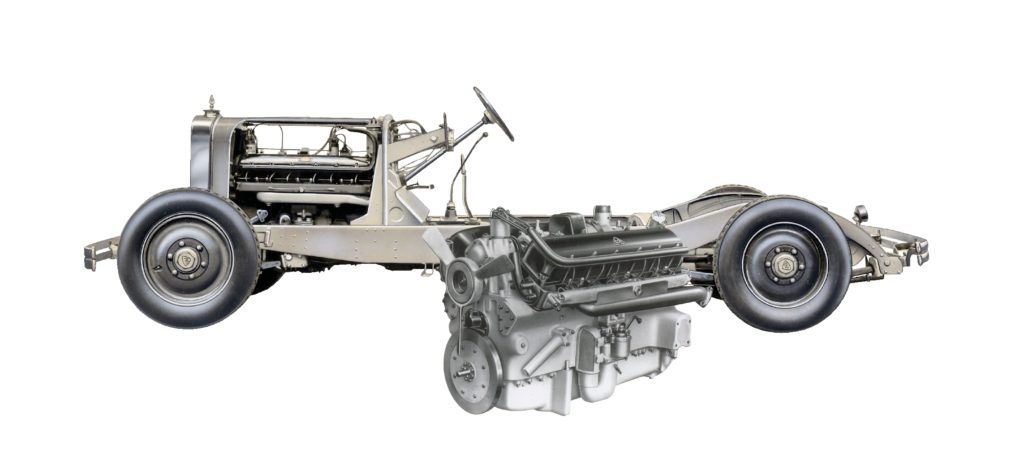
In 1929, the Maybach „Type 12“ was the first car in Germany built in series with a 12-cylinder V‑engine and constituted together with the subsequent „Type 12 Zeppelin DS 7“ and „Type DS 8“ models the top product of Maybach engine construction. All components, see image 4, were developed and manufactured with such great effort and to such high standards of quality which had never before been achieved by any other German automobile manufacturer. Today, the Maybach Zeppelin car is one of the world’s most famous automobiles — the 28 surviving 12-cylinder vehicles are highly traded.
In order to appeal to a wider customer base, Karl Maybach offered from 1931 onwards the Maybach car „Type W 6“ a moderately priced vehicle with the same vehicle size and driving comfort as the Maybach „Type 12 Zeppelin“ models. From 1934, this car was upgraded to the „Type W 6 DSG“ with the so-called Maybach „Doppelschnellgetriebe“ (double gearbox for fast shifting). The equally high development and production costs and Karl Maybach’s ver high-quality standards nevertheless had an impact on the selling price — Maybach automobiles remained luxury products with few buyers. Today, only four Maybach W 6 automobiles are known to still exist.
Maybach automobile manufacturing in Friedrichshafen until 1941
Designed as a powerful and comfortable city and touring automobile, the
Maybach car „Type DSH“ (double six-cylinder) was added to the Maybach
Motorenbau sales program portfolio in 1930. The newly developed 6‑cylinder in-
line engine with 130 hp was a so-called high-speed short-stroke engine with an
output of 3,200 rpm. This enabled the heavy automobile to be accelerated
swiftly to a cruising speed of 140 km/h (90 mph). The engine was built into the
large chassis of the Maybach “Type 12 Zeppelin” -, correspondingly luxurious
and comfortable bodies could be built. The Maybach car „Type DSH“ was built
only in small numbers as a transitional model to the Maybach SW models, with
the engine also being used in commercial vehicles. Today we know of three
vehicles of this type still in existence.
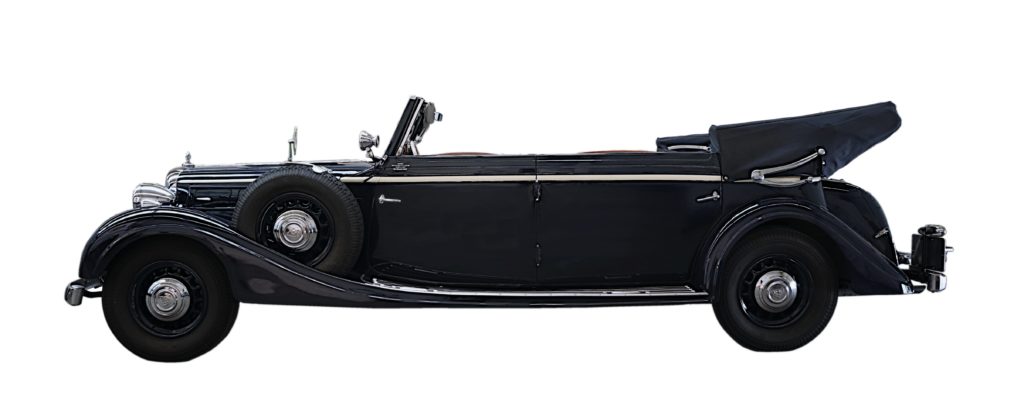
In 1935, a swing-axle car (independent suspension) with ultra-modern engine and chassis technology, see image 5, was presented. The installed 6‑cylinder HL 35 high-performance engine with a displacement of 3.5 liters and 140 hp was developed by Maybach Motorenbau GmbH to meet the requirements of the upcoming expressway
traffic. In the course of the Second World War II, the quality of the gasoline
deteriorated continuously, which is why the displacement of the Maybach “Type
HL 35” engine was gradually increased in 1936 to 3.8 liters for the Maybach
“Type HL 38” engine and again in 1939 to 4.2 liters for the Maybach “Type HL
42” engine. The aim goal of Maybach Motorenbau was to use this measure to
obtain the desired 140 hp output from its newly developed high-performance
engine. The swing-axle car becomes the best-selling Maybach automobile.
Today, 119 still exist
The revival of the Maybach automobile brand since 2002
Friedrichshafen, Mercedes-Benz (Daimler AG) again presented luxury cars with
the double M emblem in 2002 with the Maybach „M 57“ and „M 62“ models. The
extravagant saloons and the „Exelero“ concept car were manufactured at the
Maybach Manufaktur in Sindelfingen, Germany until 2012. Since 2014, various
Mercedes automobiles have been built under the Mercedes-Maybach and
respectively the Maybach brand name as premium vehicles with a particularly
expressive design. Whether it is the Mercedes-Maybach “S‑Class”, the Mercedes-
Maybach “GLS” or the limited Mercedes-Maybach “G‑Class” in an extravagant
Landaulett design, they are all equipped with innovative technology and
exclusive materials. The Mercedes-Maybach “Vision 6 Coupe” concept car
already gives us an idea of the automobile of the future with its extremely
elegant and technoid appearance. Now, celebrating 100 years Maybach automotive manufacturing, the Maybach brand presents a world première of the
limited anniversary edition „Edition 100“. „What is good must also be beautiful.“ This was the credo of Wilhelm and Karl Maybach at the beginning of the 20th century.
Father and son were regarded as gifted designers, trailblazers of automotive
luxury and pioneers in matters of style. With a simple-sounding formula, they
created highly complex things: perfection and craftsmanship paired with
innovation, both technically and in terms of workmanship. This is what the name
Maybach stands for to this day. The Mercedes-Maybach brand continues to
develop, with more models – soon also
electric. At the IAA Mobility 2021 in Munich, Mercedes-Maybach presented the
„Concept EQS“ and thus gave a preview of the first fully electric series model
from 2023. The SUV will be based on the modular architecture for luxury — and
premium-class electric vehicles from Mercedes-Benz. Mercedes-Maybach is
presenting the „Edition 100“ to mark its 100th anniversary. A special edition of
the current S‑Class and GLS models, each limited to 100 units. The special series
can be ordered from the fourth quarter of 2021.” (Source: Press Release, Daimler
AG, 28 September 2021)

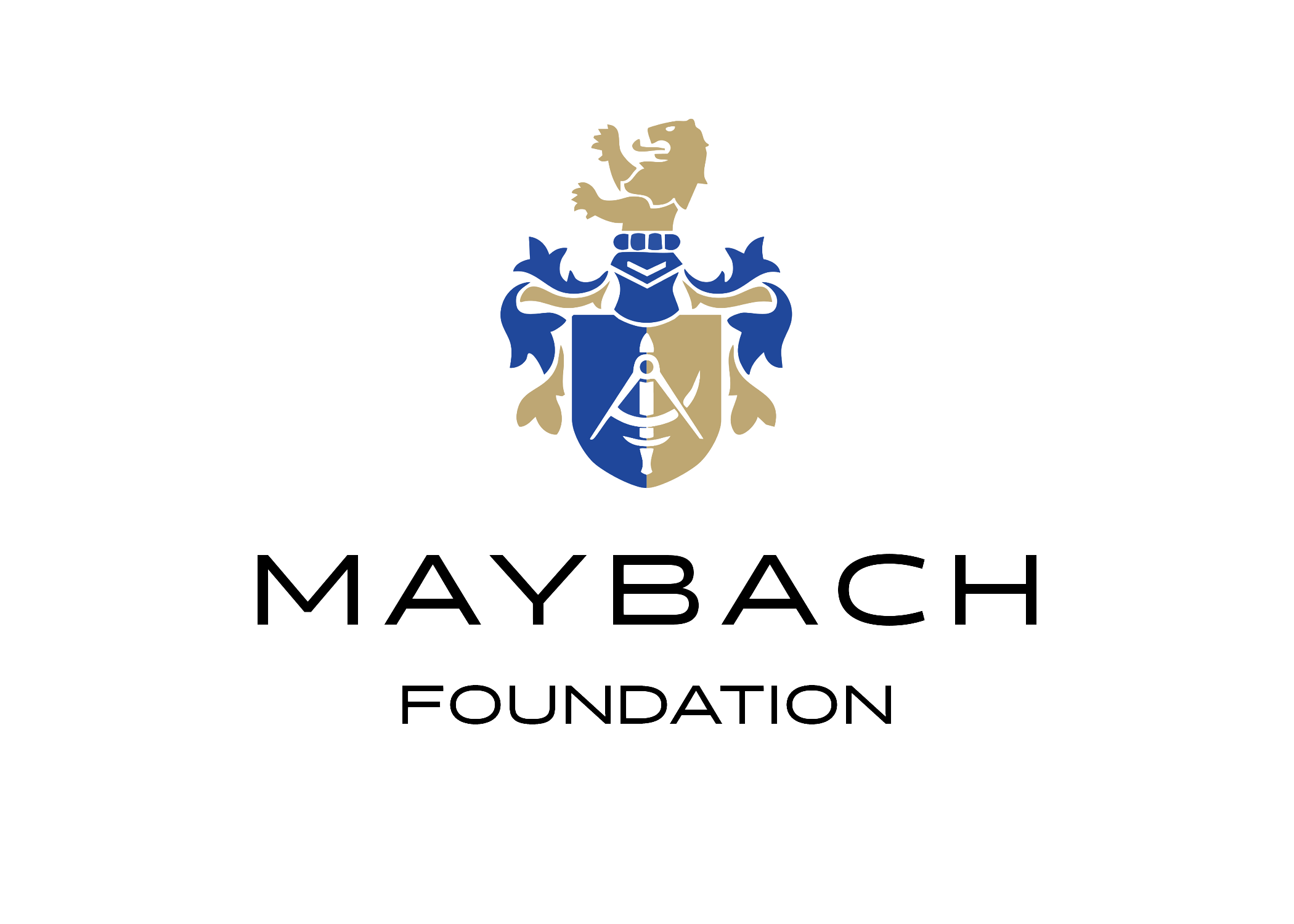

I want to Know about the Mercedes Maybach in the 1970 s…I Love the Cadillac and Lincoln and Rolls Royce and Bentley in the. 1970 s So I can Collect all Five Luxury Cars